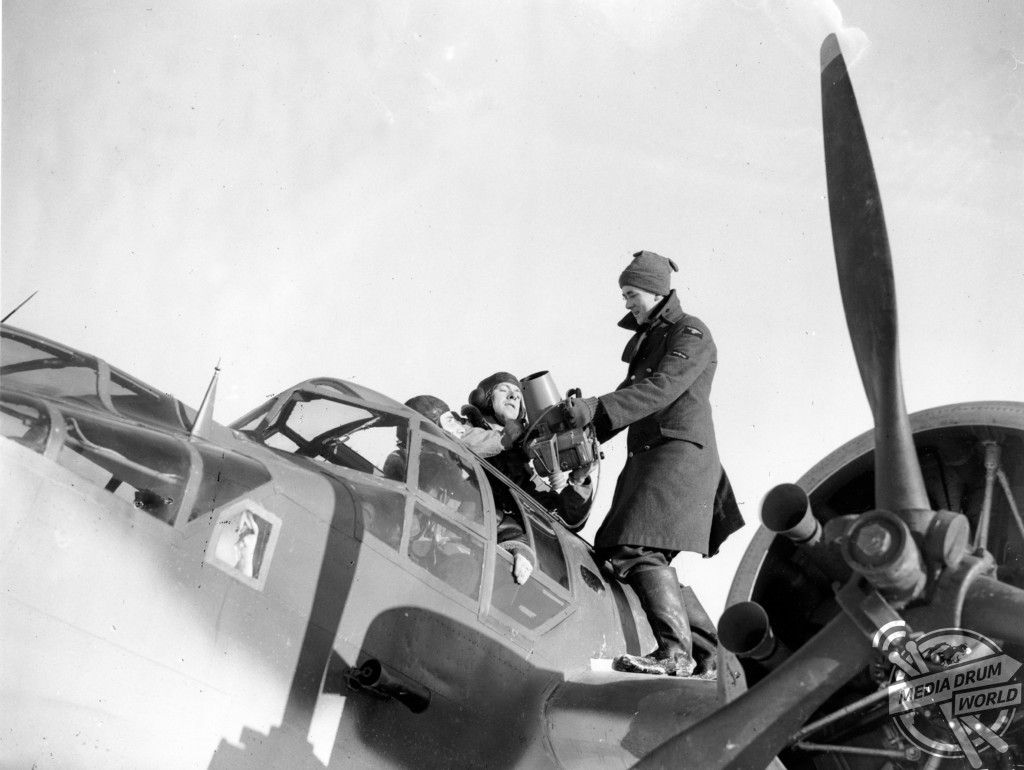
By Tom Dare
THESE INCREDIBLE images from a new book about the role of British bombers in World War Two have given a rare glimpse into what life was like for the airmen risking their lives for their country.
Featured in the book Flying Into the Storm: RAF Bombers at War 1939 – 1942 by author Chris Sams, pictures show iconic aircraft such as Hampdens and Whitleys soaring high into the skies above Western Europe during the early years of the war.
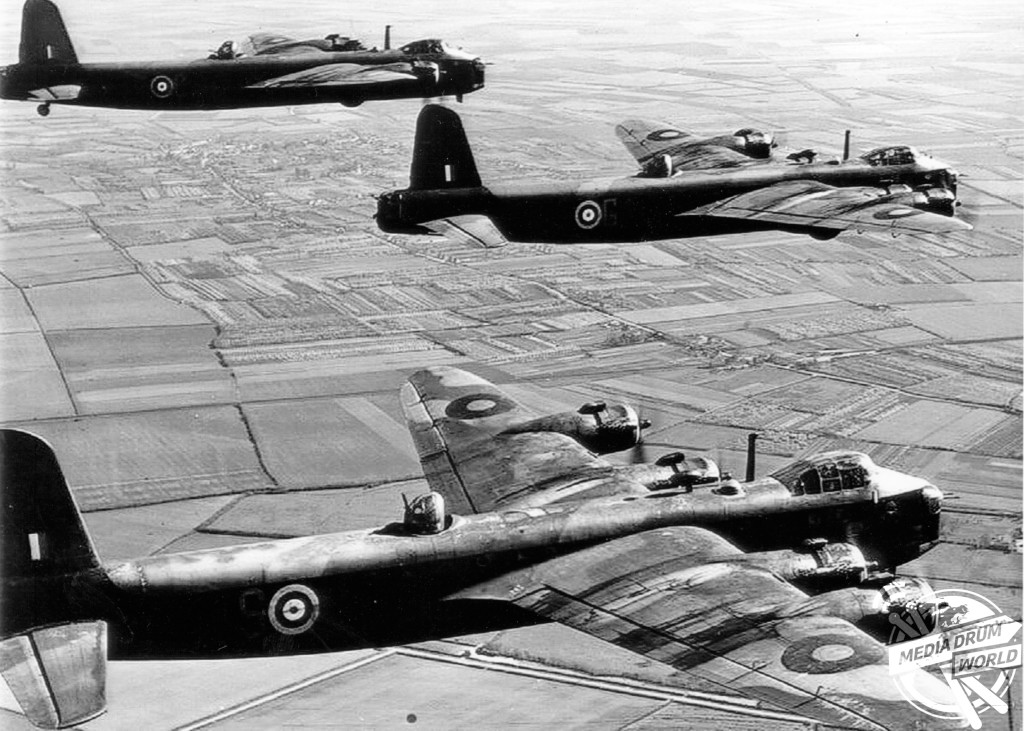
Further images show the anti-aircraft guns deployed by German forces to protect the Germany during RAF bombing raids, while another shows paratroopers dropping out of a British bomber as part of a training exercise.
At the start of hostilities in 1939, Britain had five different types of bomber to try and combat the fierce power of the German Luftwaffe.
And Sams says that, after the Luftwaffe gained vital experience during the Spanish Civil War prior to the start of World War Two, nobody gave the RAF much of a chance against them.
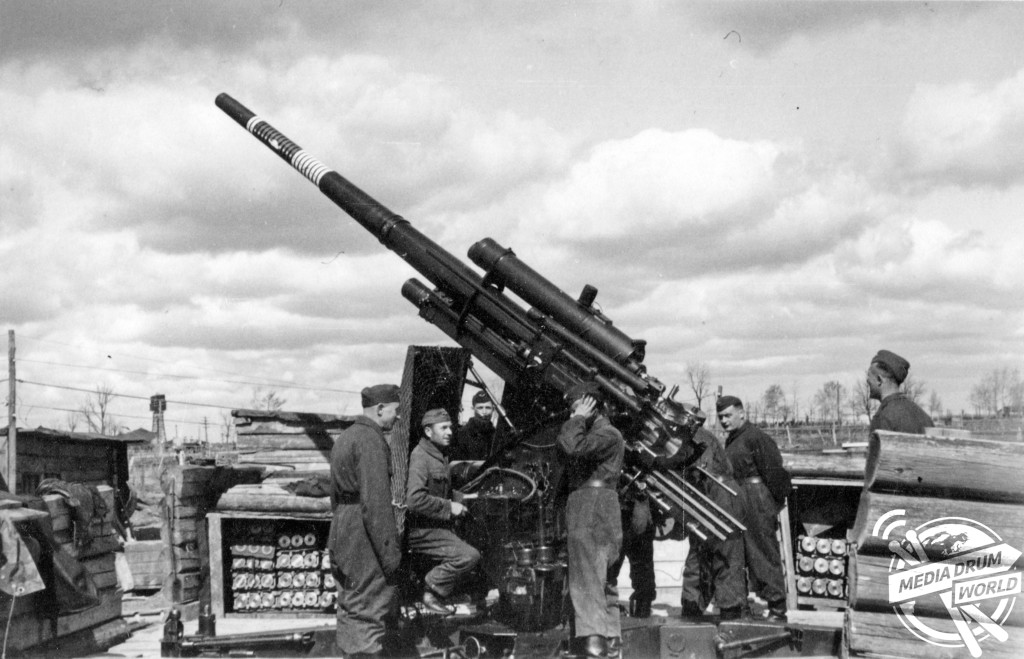
“The Royal Air Force of 1939 went to war with five staple models of bomber: The Vickers Wellington, Armstrong Whitworth Whitley, Bristol Blenheim, Handley Page Hampden, and the Fairey Battle,” says Sams.
“This was against the threat of the Luftwaffe which had proven itself in Spain, and had been used as a threat to secure Germany’s diplomatic aims in Rhineland, Austria, and Czechoslovakia and were considered to be unstoppable.
“The RAF and Government bodies believed that upon the announcement of war there would be a knockout blow of German bombers attacking the capital, and that Britain must be able to retaliate or have a similar deterrent.
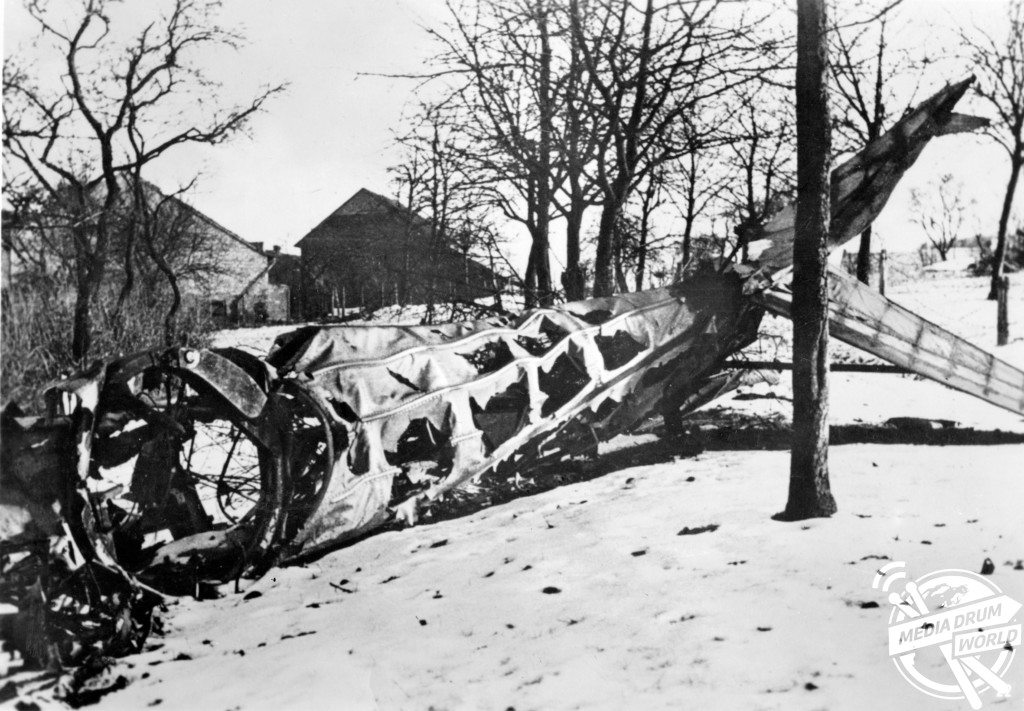
“In October 1939, the Air Staff advised that, should Germany turn west after Poland, British bombers must be used ‘…at all costs in the manner which holds the best hope of obtaining decisive results against Germany’. Britain’s early bomber’s careers have often been overshadowed by the careers of their larger stablemates the Avro Lancaster and Handley Page Halifax, and the Battle has been written off as a complete failure following the Battle of France. As the Second World War continued, the bombers of the RAF continued to attack strategic targets to try and destroy the German economy, but were also tied to the Army’s whims for tactical support.”
In the book, Sams chronicles the evolution of Britain’s bombing tactics, from their use in the Battle of Heligoland to the vital role they played in the fall of Burma.
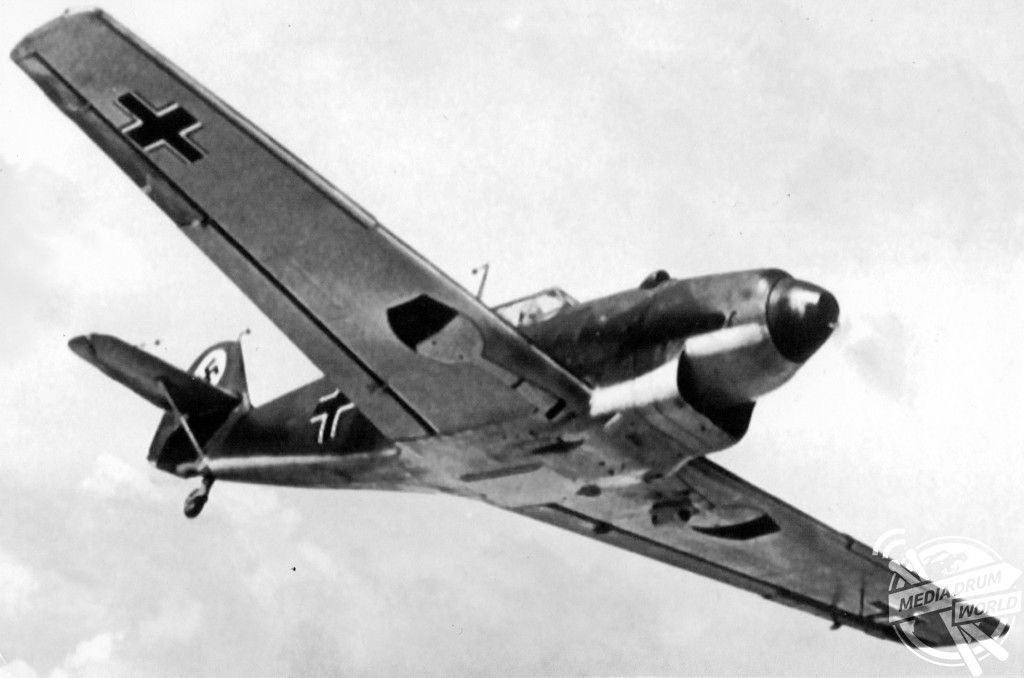
And, despite their early shortcomings, he says the bravery of the pilots flying these aircraft in the early years of the war can-not be understated.
“Although the early bombers were somewhat inferior to the tasks set for them, the crews selflessly and bravely responded to every request, flying into a storm of flak and machine gun fire with many buying a one-way ticket.”
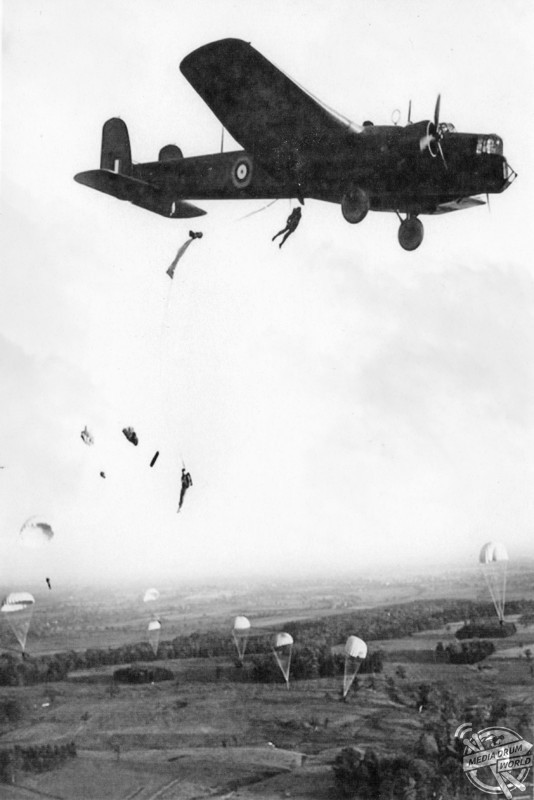
Flying Into the Storm: RAF Bombers at War 1939 – 1942 by Chris Sams is published by Fonthill Media, and can be purchased here: https://www.amazon.co.uk/dp/1781556172






